In recent years, the term “smog” has become increasingly prevalent, especially in the context of urban areas like Lahore facing environmental challenges. In this blog post, we will delve into the various aspects of smog, its impact on Lahore city and surroundings, the associated health risks, and explore potential solutions for a clearer and healthier future.
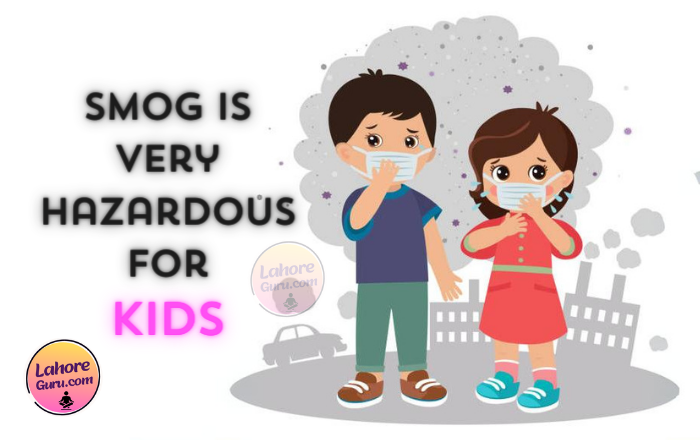
What is Smog?
Smog, a combination of “smoke” and “fog,” refers to a type of air pollution that results from the interaction of pollutants with sunlight. There are two main types of smog: photochemical smog and sulfurous smog. Photochemical smog occurs in the presence of sunlight when pollutants from vehicles and industrial emissions react, producing harmful compounds. Sulfurous smog, on the other hand, results from the burning of coal or oil, releasing sulfur dioxide into the atmosphere.
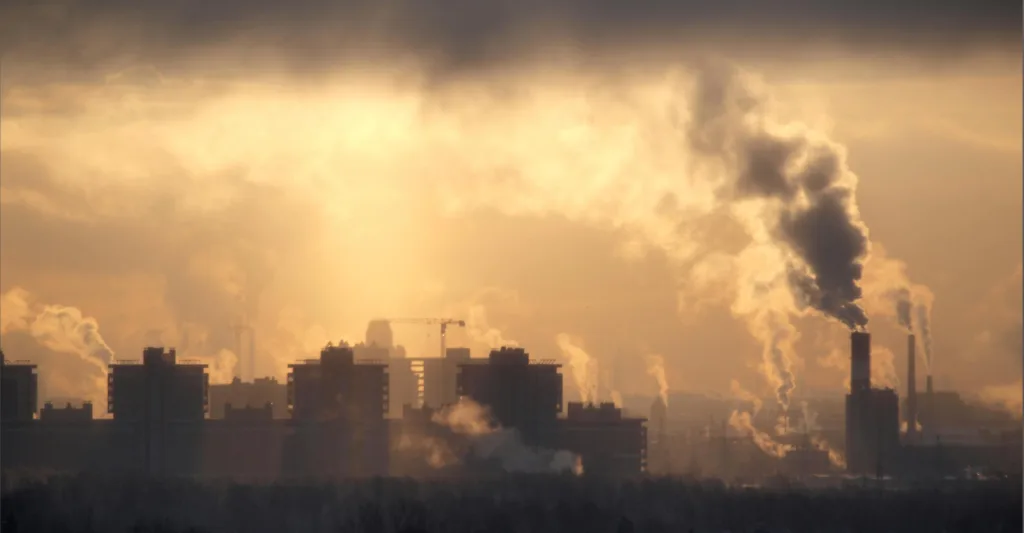
Why Lahore City is Badly Affected Due to Smog?
Lahore, one of Pakistan’s most populous cities, faces severe smog-related challenges, particularly during the winter months. Several factors contribute to Lahore’s vulnerability to smog, including a high concentration of industrial activities, increased vehicular emissions, and the practice of crop residue burning in nearby agricultural areas. Geographical factors, such as a lack of wind to disperse pollutants, exacerbate the problem, trapping pollutants and leading to the formation of a thick layer of smog.
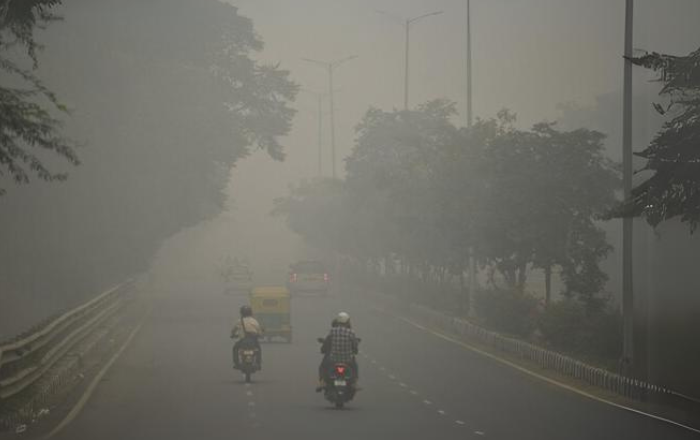
What Diseases are Caused by Smog?
1. Respiratory Infections: Short-term exposure to smog can lead to an increased risk of respiratory infections such as bronchitis and pneumonia.
2. Asthma Exacerbation: Individuals with asthma may experience worsened symptoms, including increased frequency and severity of asthma attacks.
3. Chronic Obstructive Pulmonary Disease (COPD): Long-term exposure to smog has been linked to the development and progression of chronic respiratory conditions, including COPD.
4. Cardiovascular Diseases: Smog has been associated with an elevated risk of cardiovascular diseases, including heart attacks and strokes.
5. Lung Cancer: Prolonged exposure to certain air pollutants found in smog has been linked to an increased risk of developing lung cancer.
6. Eye Irritation: Irritation of the eyes, including redness and itching, can result from exposure to smog.
7. Neurological Effects: Some studies suggest that long-term exposure to air pollution, including components of smog, may have neurological effects and contribute to cognitive decline.
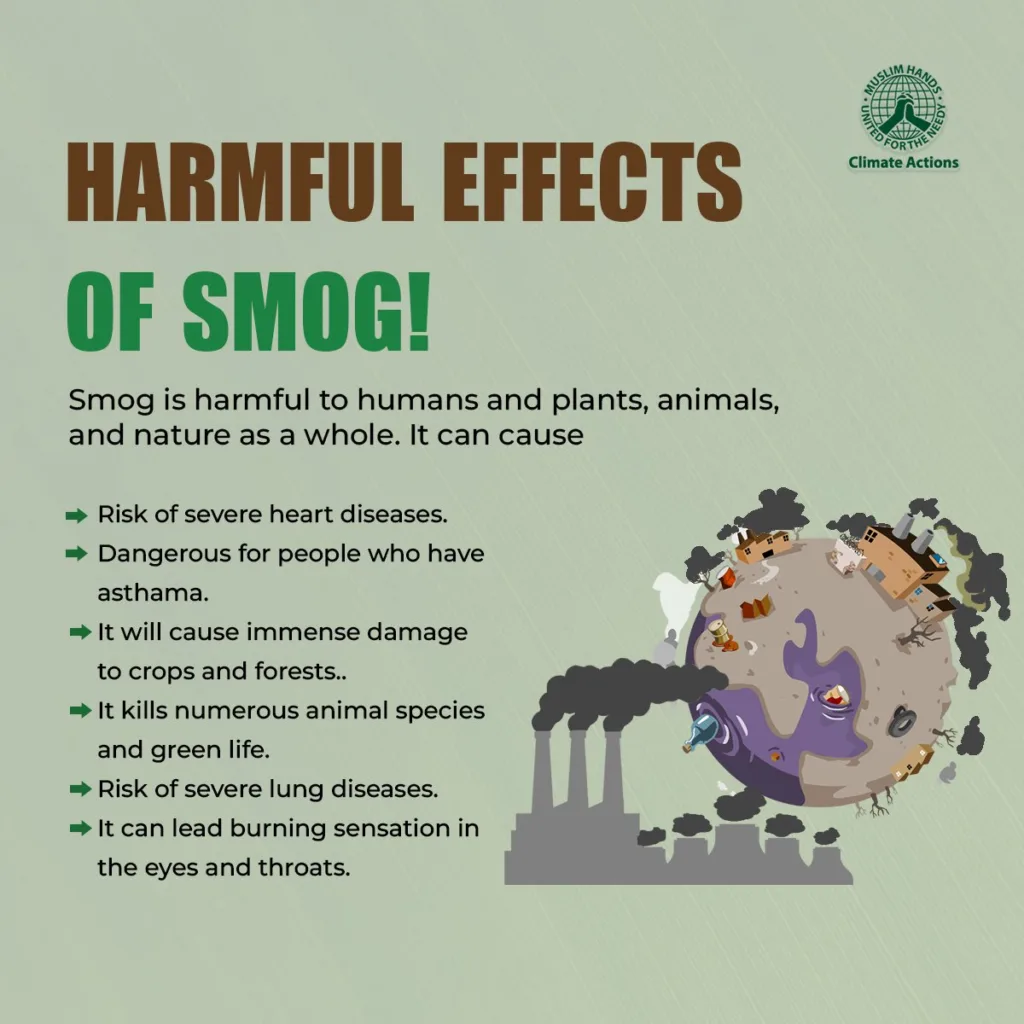
8. Low Birth Weight and Premature Birth: Pregnant women exposed to high levels of air pollution, including smog, may face an increased risk of delivering babies with low birth weight or prematurely.
9. Aggravation of Allergies: Individuals with allergies may experience an exacerbation of symptoms, including sneezing, congestion, and itchy eyes, due to smog exposure.
10. Decreased Lung Function:** Long-term exposure to smog has been associated with reduced lung function, impacting respiratory efficiency over time.
It’s important to note that the severity of these health effects can vary depending on factors such as the concentration and duration of exposure, as well as individual susceptibility. Protecting public health requires a comprehensive approach to reduce smog levels and minimize its impact on communities.
How to Get Rid of Smog? The Way Forward
Addressing the smog crisis in Lahore requires a multi-faceted approach involving government initiatives, community participation, and sustainable practices. Some key strategies include:
- Reducing Industrial Emissions: Implement and enforce strict regulations on industrial emissions, promoting cleaner production processes and the use of eco-friendly technologies.
- Improving Transportation: Invest in public transportation, promote the use of electric vehicles, and implement measures to reduce traffic congestion. Encouraging carpooling and cycling can also contribute to a significant reduction in vehicular emissions.
- Curbing Agricultural Burning: Introduce policies to discourage the practice of crop residue burning, promoting alternative methods such as plowing residues back into the soil or converting them into bioenergy.
- Raising Awareness: Educate the public about the causes and consequences of smog, encouraging responsible behavior such as reducing energy consumption, proper waste disposal, and tree planting initiatives.
- Investing in Renewable Energy: Shift towards renewable energy sources such as solar and wind power to reduce dependence on fossil fuels and decrease air pollution.
- International Collaboration: Addressing smog requires coordinated efforts beyond national borders. Collaborate with neighboring regions and international organizations to share expertise, resources, and best practices.
Conclusion:
The battle against smog in Lahore is an urgent and collective responsibility. By understanding the causes, acknowledging the health risks, and implementing sustainable solutions, we can pave the way for a cleaner, healthier future. It’s time for concerted efforts from government bodies, industries, and individuals to ensure that Lahore breathes fresh air once again.
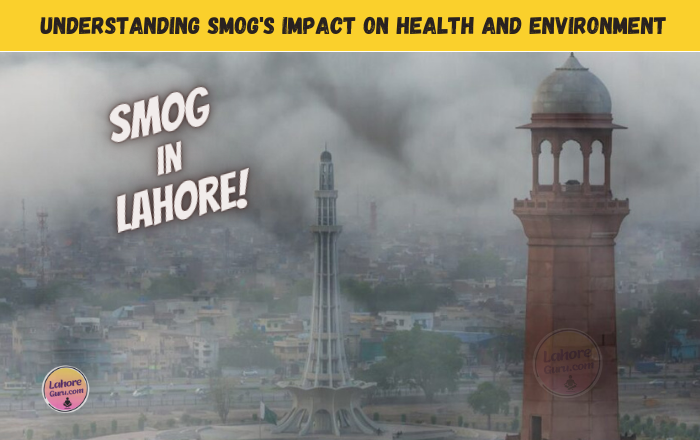



Greetings, I noticed that you recently visited my weblog. In an effort to repay the favor, I am composing this message to suggest that you consider incorporating some of your suggestions into my own site.
This entrance is phenomenal. The splendid substance displays the proprietor’s dedication. I’m overwhelmed and anticipate more such mind blowing posts.
If you are going for best contents like me, just pay a quick visit this web site everyday for the reason that it offers feature contents, thanks
I’ve been following this blog for years and it’s amazing to see how much it has grown and evolved Congratulations on all your success!